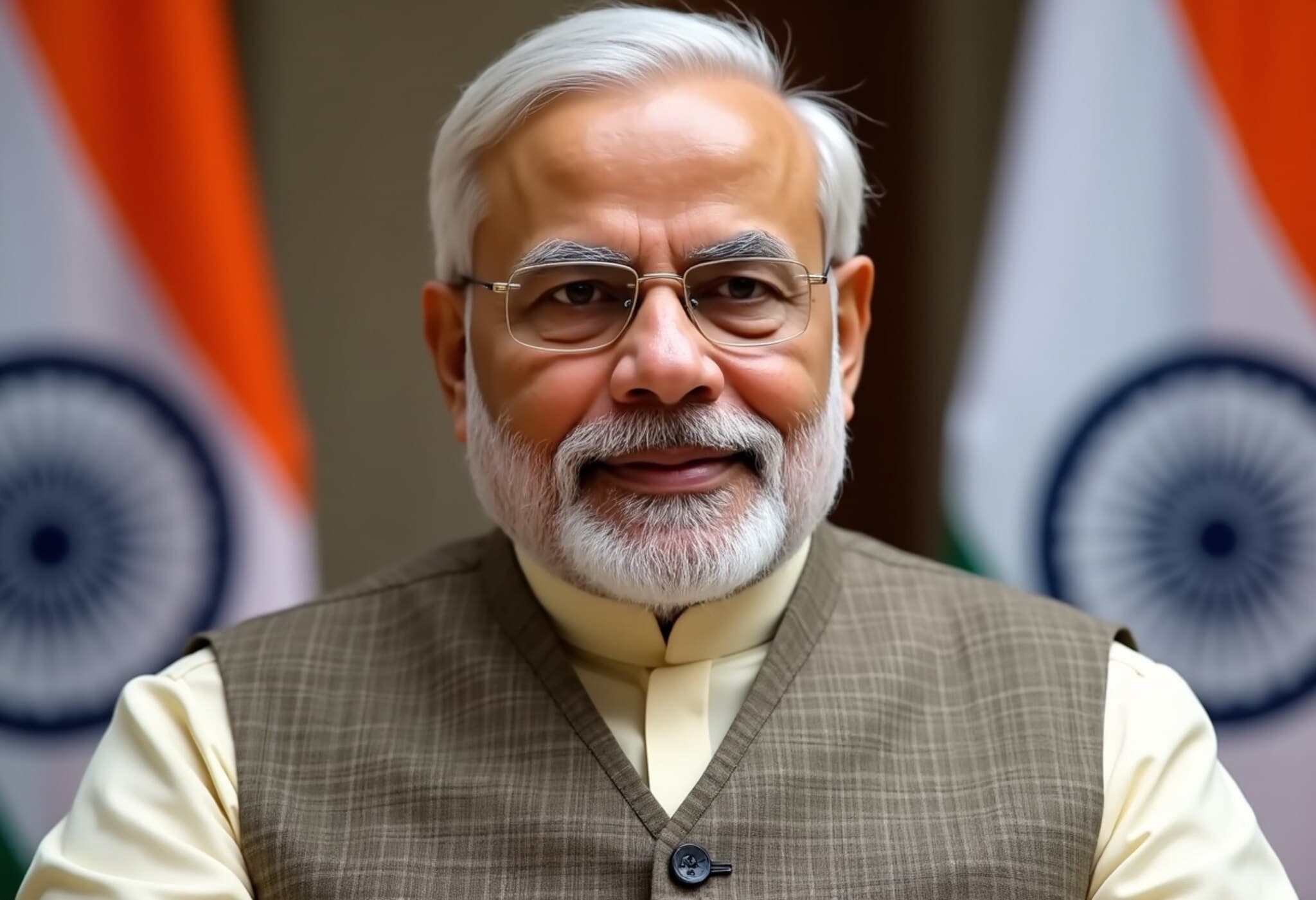A Mysterious Surge of Calls: The Story of a ‘Missing Cat’ That Never Was
In an unusual twist blending humor and modern marketing gone awry, Natasha Lavoie, a resident of British Columbia, Canada, has endured a year-long barrage of phone calls about a missing cat that doesn’t actually exist. The culprit? A fictitious missing cat campaign emblazoned on T-shirts sold online, featuring her personal cellphone number — sparking confusion, exhaustion, and a flood of late-night calls.
The Strange Case of Torbo
Since 2024, Ms. Lavoie has been repeatedly contacted by strangers claiming to have spotted or found a cat named Torbo. However, her own cat, a black feline named Mauser, remains safely at home, untouched by the mystery. This continued for over a year, prompting Ms. Lavoie to wonder if someone had maliciously shared her number online.
"At first, I was thinking, like, who did I anger? Who posted my number somewhere?" she recalled, highlighting the anxiety and inconvenience the situation caused.
Uncovering the Prank Behind the Calls
About two weeks ago, the puzzle unraveled when Ms. Lavoie handed the persistent ringing phone to her partner, Jonathan McCurrach. Upon confronting one of the frequent late-night callers, McCurrach discovered the calls were a joke. The caller’s son had purchased a T-shirt online advertising a cash reward for a missing cat, featuring a telephone number that, unbeknownst to them, belonged to Ms. Lavoie.
The shirts, sold by an American company named Wisdumb, displayed a compelling but entirely fabricated plea for the missing cat, complete with her actual phone number — a hallucination of legitimate distress causing real-world disruption.
The Price of Viral Marketing and Ethical Questions
This bizarre episode shines a spotlight on the unintended consequences when companies use real phone numbers without consent for marketing or viral promotions. While the humor of the prank might amuse some, the impact on Ms. Lavoie’s daily life — including sleep disruption and privacy invasion — reveals deeper issues around consumer protection and digital ethics.
- Privacy Concerns: Using real numbers without owner permission can lead to harassment or safety risks.
- Consumer Awareness: Shoppers may unknowingly participate in campaigns that misuse personal data.
- Legal Implications: How are companies held accountable when their promotional tactics cause harm?
Expert Commentary: Navigating the Digital Age of Marketing Pranks
Media and consumer rights expert Dr. Elaine Thompson notes, "This case is a textbook example of how companies sometimes prioritize viral appeal over ethical responsibility. Personalized marketing is powerful but can quickly cross boundaries if not managed carefully. More rigorous safeguards and clearer policies are essential to protect individuals from becoming unwitting targets of such campaigns."
For American readers and policymakers, this raises critical questions about the adequacy of privacy laws and the responsibility of digital vendors operating across borders. Is there enough regulatory oversight to prevent misuse of personal data in online merchandise and advertising? Cases like Ms. Lavoie’s challenge lawmakers to revisit these issues.
Conclusion: A Personal Story with Broader Implications
Natasha Lavoie’s experience underscores the unexpected fallout from a seemingly harmless joke marketed to consumers worldwide. It’s a testament to how digital-age marketing can have very real emotional and practical consequences on individuals.
Moving forward, consumers and companies alike must navigate the delicate balance between creativity and respect for privacy — and recognize that behind every number is a person.
Editor's Note
This story is more than just an odd anecdote about mistaken identity and prank calls. It raises important issues about privacy, consent, and corporate responsibility in an era where digital marketing blurs lines between entertainment and intrusion. Readers are invited to reflect on their own data footprints and ask: How often do we consent to and understand how our information is used? And as consumers, how can we encourage ethical standards that protect individuals while still fostering creativity?



















